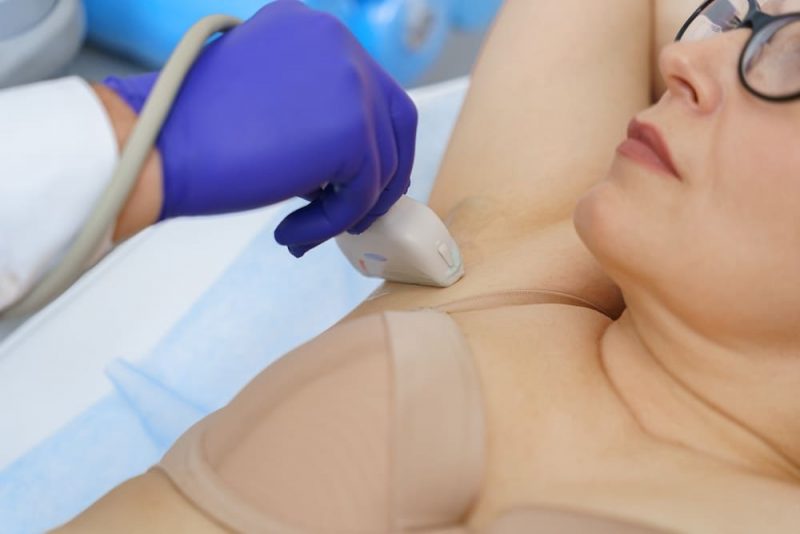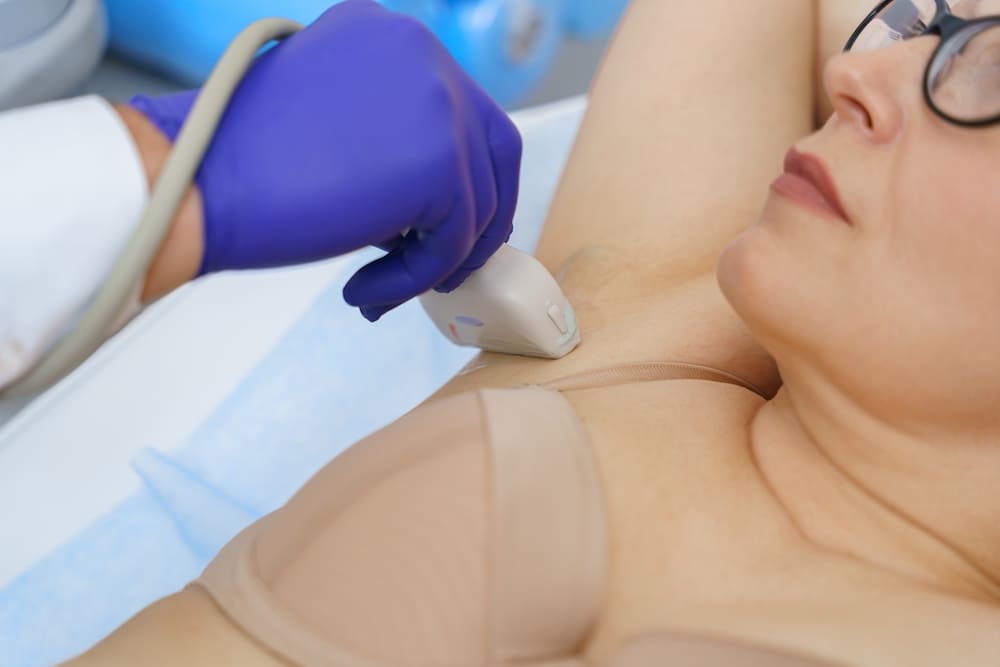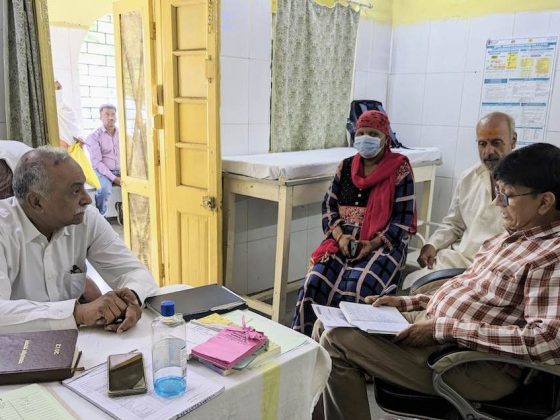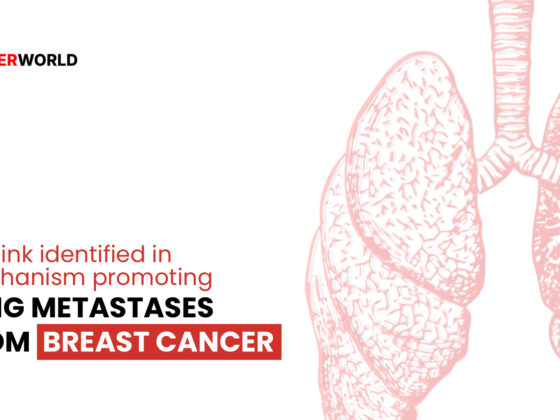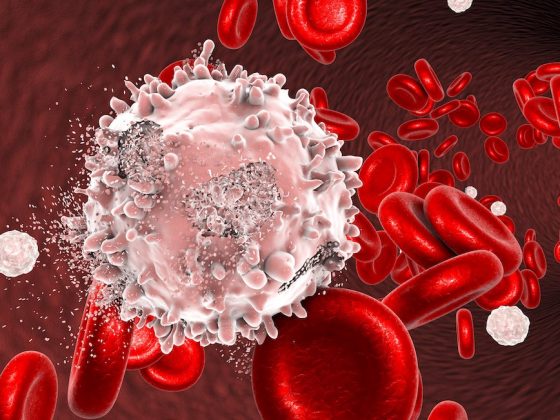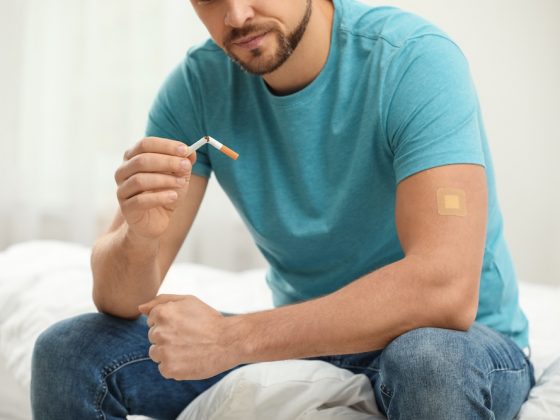Breast cancer patients with no axillary lymph node involvement apparent on ultrasound scans, and with tumours less than 2cm, had similar outcomes regardless of whether they underwent sentinel lymph node biopsy or no axillary surgery. The results of the Italian SOUND study, published in JAMA Oncology, 21 September, suggest that many patients with these features can safely be spared any form of axillary surgery.
“Following this study, we estimated that 20 to 25% of breast cancer patients could safely avoid sentinel node biopsy without affecting post operative treatment plans,” Oreste Gentilini, the lead author, tells Cancerworld. “Overall, we believe that each year approximately half a million women around the world could avoid sentinel node biopsy.”
Sentinel lymph node biopsy represents the standard of care for axillary node staging in patients with early breast cancer. In the past, the procedure was used to distinguish between patients with negative nodes, who can be spared the morbidity associated with a complete axillary lymph node dissection, and those with node involvement, who might benefit from more extensive surgical procedures. Sentinel lymph node biopsy is also now used to obtain prognostic information that influences the choice of adjuvant therapy.
Results from the American College of Surgeons Oncology Group ZO111 trial, published in 2017 in JAMA, demonstrated that diseased lymph nodes could be left intact without adversely affecting outcomes. The study, involving 891 women with T1 and T2 invasive primary breast cancer and one or two lymph nodes containing metastases, found no difference in 10-year overall survival between women treated with sentinel lymph node dissection alone (without removal of the lymph nodes) and those undergoing complete axillary dissections (P=0.32). “The Z0111 trial shocked the surgical community. We started asking ourselves: maybe it’s not necessary to even perform sentinel node biopsy to achieve information. Might it be possible for ultrasound imaging to replace surgery as a staging procedure?” says Gentilini, Head of Breast Surgery at the San Raffaele University, Milan.
The current SOUND (Sentinel Node vs Observation After Axillary Ultrasound) trial, initiated by Gentilini together with Paolo Veronesi, from the European Institute of Oncology, Milan, set out to address the question of whether it was safe to omit sentinel lymph node biopsy in patients with breast cancer no more than 2 cm in diameter who had negative results on preoperative axillary lymph node ultrasonography?
For the phase III study, between February 2012 and June 2017, 1,463 women were randomised 1:1 to receive sentinel lymph node biopsy (SLNB) (n=708) or no axillary surgery (n=697). Prior to the study all participants had undergone preoperative axillary ultrasonography showing no involvement of lymph nodes. Overall, the median tumour size was 1.1 (0.8–1.15) cm, and 1,234 patients (87.8%) were hormone receptor positive and ERBB2 (formerly HER2) negative. In the SLNB group, 13.7% of women were subsequently found to have pathologically involved lymph nodes and underwent axillary lymph node dissection.
Results showed the five-year overall survival rate was 98.2% with SLNB and 98.4% with no axillary surgery (P for noninferiority =0.72). The cumulative incidence of distant metastases at five years was 2.3% in the SLNB group and 1.9% in the no axillary surgery group (P for noninferiority=0.69).
The five-year disease-free survival was 94.7% with SLNB and 93.9% with no axillary surgery (P for noninferiority=0.30).
The five-year distant disease-free survival was 97.7% for those receiving SLNB and 98.0% for those who had no axillary surgery (HR=0.84; 90%CI 0.45–1.54; P for noninferiority =0.02).
Results showed that adjuvant treatments were not significantly different between the two study groups, regardless of whether pathological information from SLNB was available.
“Data from the SOUND trial should be considered in the multidisciplinary decision-making process of the individual patient to identify those who might be able to omit SLNB without affecting the postoperative treatment plan,” write the authors. “Moreover, the incorporation of these data in future guidelines might lead to a substantial decrease in health care costs due to reduced involvement of human resources and savings in terms of materials and time.”
However, says Gentilini, around 75% of breast cancer patients still require information from sentinel node biopsy to inform treatment plans. For example, in HER2+ disease, when nodes are negative patients can avoid anthracyclines following surgery, and premenopausal women with negative nodes can avoid ovarian suppression (only needing tamoxifen). “But it’s likely that in the new era of molecular and biological characterisation we will come to rely less and less on information regarding nodal status,” says Gentilini.
In an accompanying editorial, Seema Khan, from Northwestern University, Feinberg School of Medicine, Chicago, raises concerns around routine use of axillary ultrasonography, which has been shown to have an accuracy of 79.7%. “This is offset, however, by outcome data supporting the argument that sentinel node positivity is not, in and of itself, a critical parameter that determines therapeutic plans and outcomes in patients with stage I breast cancer,” she writes.
Gentilini, together with Toralf Reimer (University of Rostock, Germany), is currently undertaking the EUBREAST-01 trial, evaluating whether it is possible to avoid sentinel node biopsy in women who have had neoadjuvant systemic therapy prior to surgery. The trial, which started in January 2021, is recruiting patients with the highest likelihood of achieving a pathologic complete response after preoperative systemic therapy (those with triple negative or HER2+ cancer).

